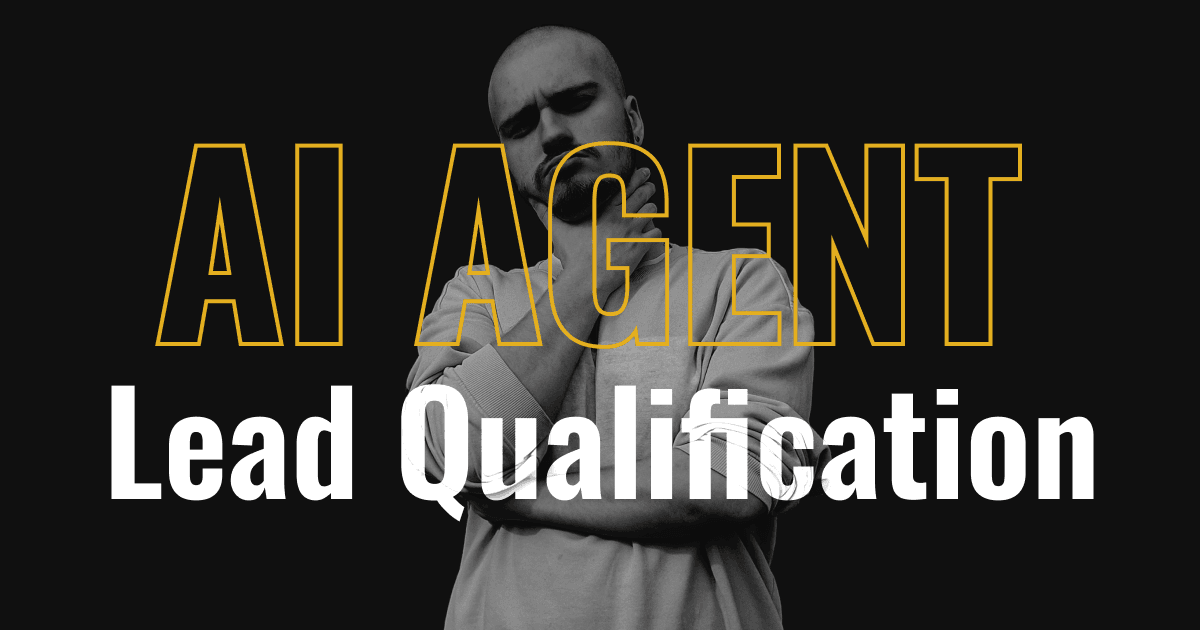How I created Lead Qualification Ai Agent?
Cezary Klauza
Created at 5/15/2025

Are you tired of wasting time on leads that go nowhere? Do you dream of an AI-powered solution that effortlessly identifies and qualifies your best prospects? In this article, I'll walk you through the journey of creating my very own Lead Qualification AI Agent using Node.js. By the end, you'll have a clear understanding of the process and how you can build a similar system.
Step 1: Setting Up the Express Server
Every great project starts with a solid foundation. In this case, it's an Express server built with Node.js. The first step was setting up a POST route to receive lead data. This route acts as the entry point for all potential leads, capturing essential information such as:
- Lead's Name
- Company's URL
- Lead's Message
- Lead's Email
Once the route was established, I made sure it was functioning correctly, laying the groundwork for the subsequent steps.
Step 2: Scraping Company Website Data
To effectively qualify a lead, you need to understand their company. This is where Puppeteer comes in. Puppeteer is a Node library which provides a high-level API to control Chrome or Chromium programmatically.
I leveraged Puppeteer to scrape the content of the prospect's company website. This allowed me to gather valuable insights into their business, industry, and potential needs. This step is crucial for informed lead qualification.
Step 3: Qualifying Leads with Gemini API
But what happens when the website content is dynamic and Puppeteer can't extract the necessary information? That's where the Gemini API steps in. In such cases, I send a request to the Gemini API, providing it with the scraped data and my qualification specifications.
The Gemini API analyzes the information and determines whether the prospect meets my predefined criteria. This ensures that only qualified leads move forward in the process.
Step 4: Automating Outreach with Nodemailer
Once a lead is qualified, it's time to reach out and engage them. For this, I integrated Nodemailer, a Node.js library for sending emails. Nodemailer allows me to automate personalized messages to qualified leads, inviting them to book a call via a Calendly link. This streamlines the process and ensures timely communication.
Step 5: Saving Lead Data
To keep track of qualified leads, I implemented a system for saving their data. Currently, I'm saving it to a CSV file. However, the possibilities are endless. You could easily integrate a database to save leads directly into your CRM system.
Step 6: Handling Unqualified Leads
Not every lead will be a perfect fit. For unqualified leads, I send an apologetic message, explaining that we're not the right fit for them at this time. This maintains a professional image and avoids wasting time on leads that are unlikely to convert.
Wrapping Up
Building a Lead Qualification AI Agent with Node.js is a game-changer for any business looking to optimize its sales process. By following these steps, you can create a system that efficiently identifies and qualifies your best prospects, freeing up your team to focus on closing deals. Take the first step today and unlock the power of AI-driven lead qualification!




